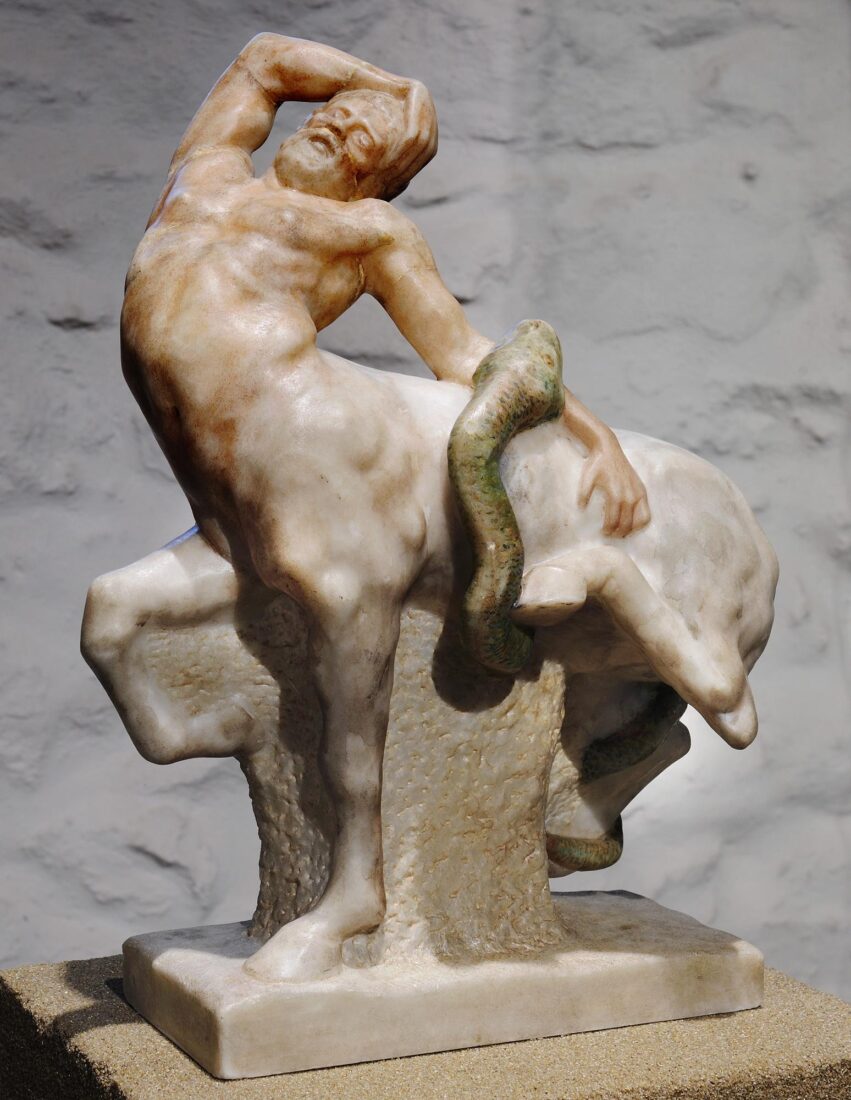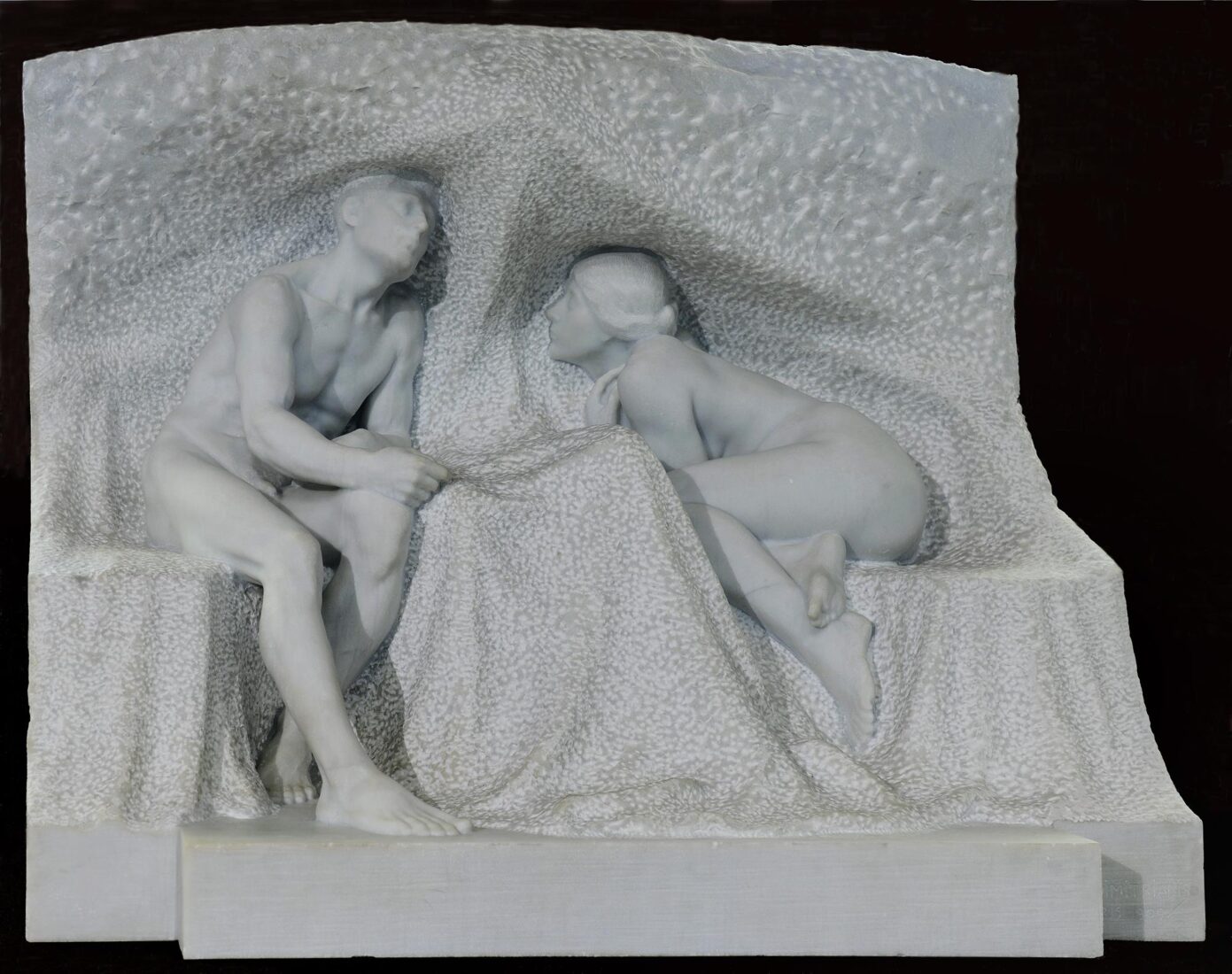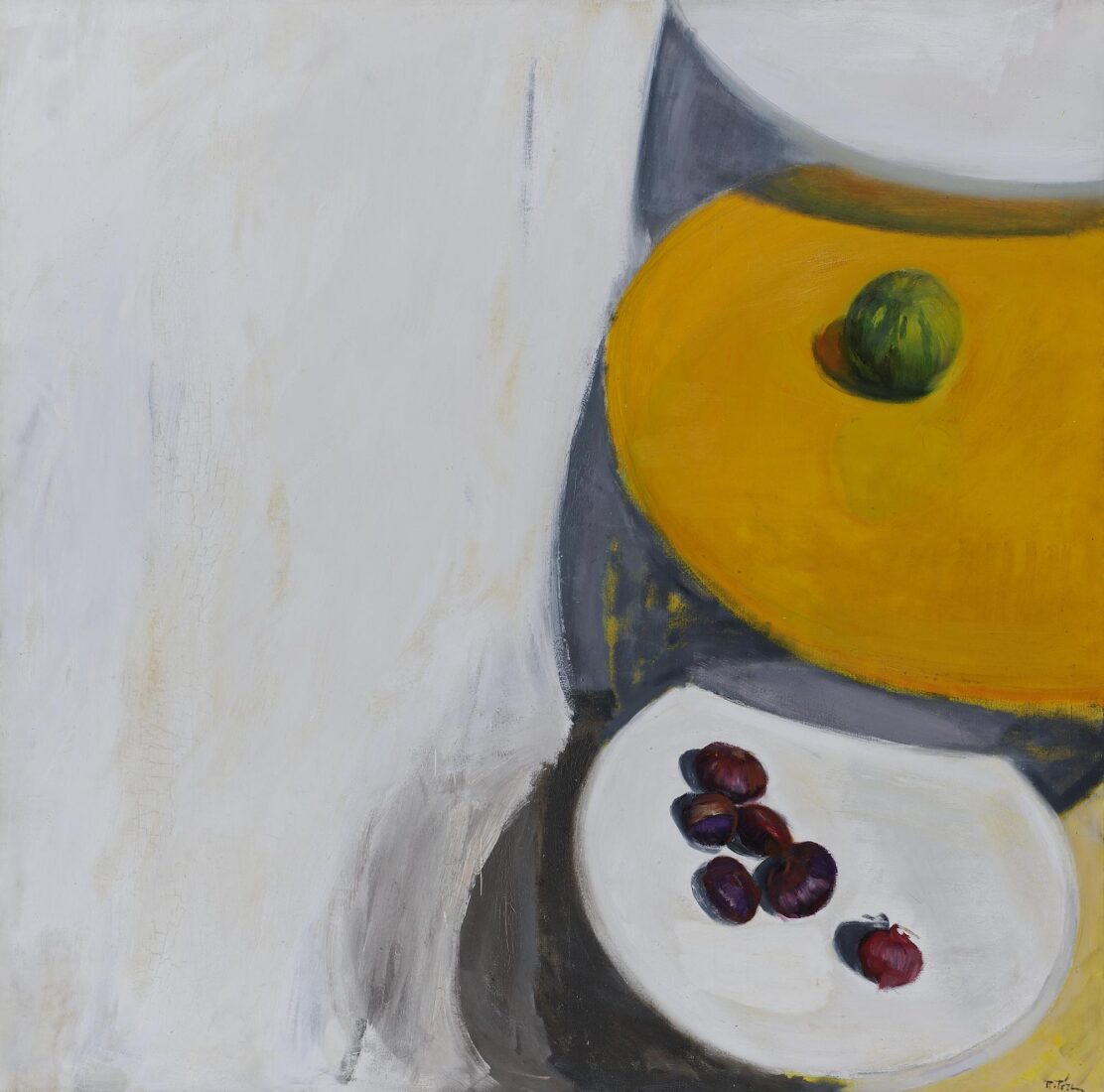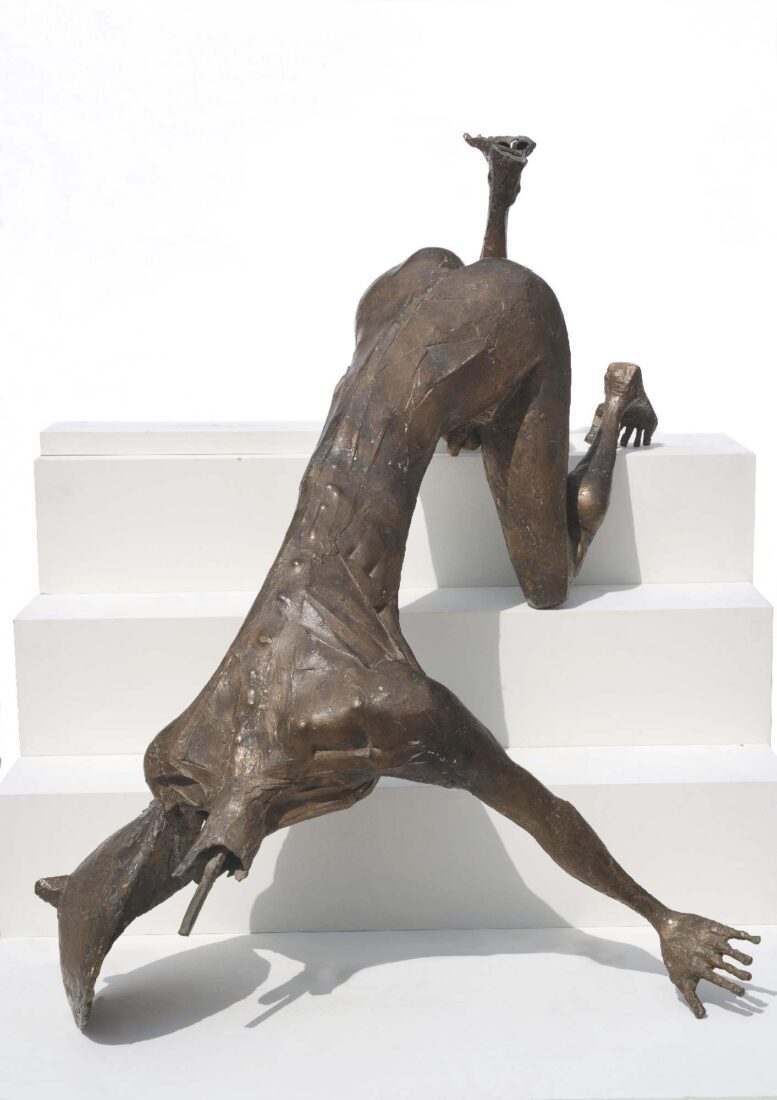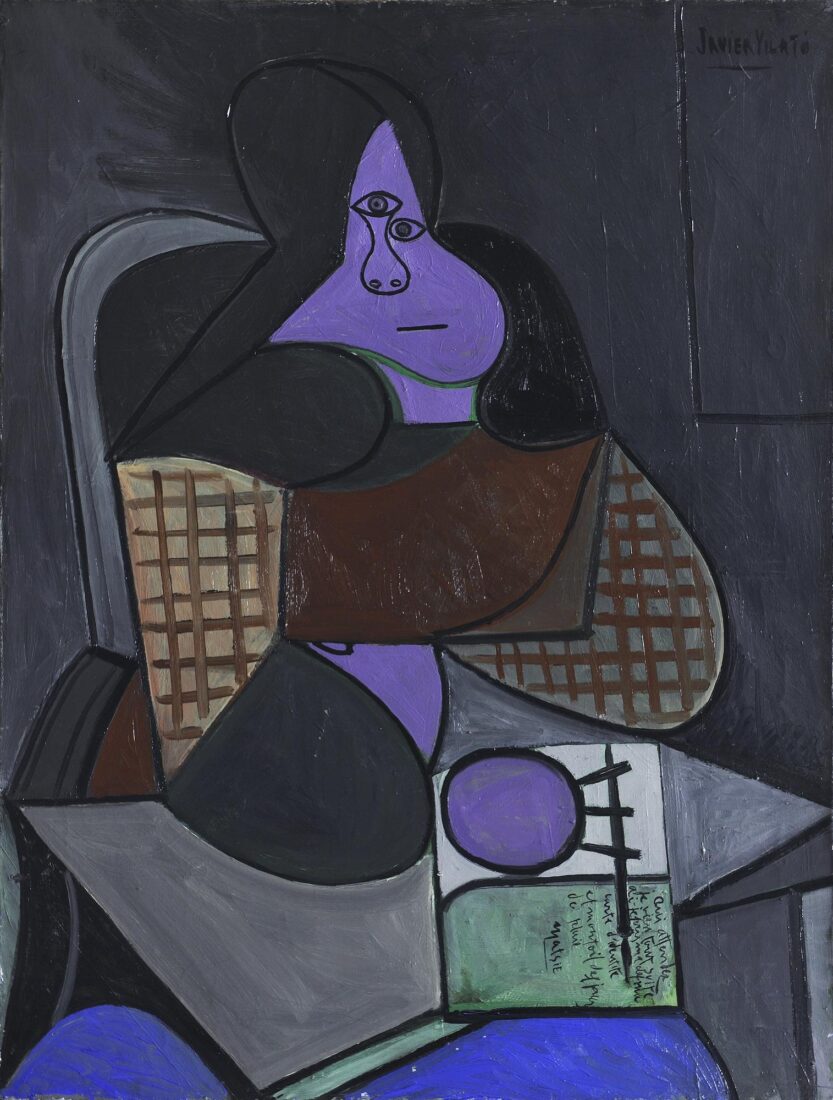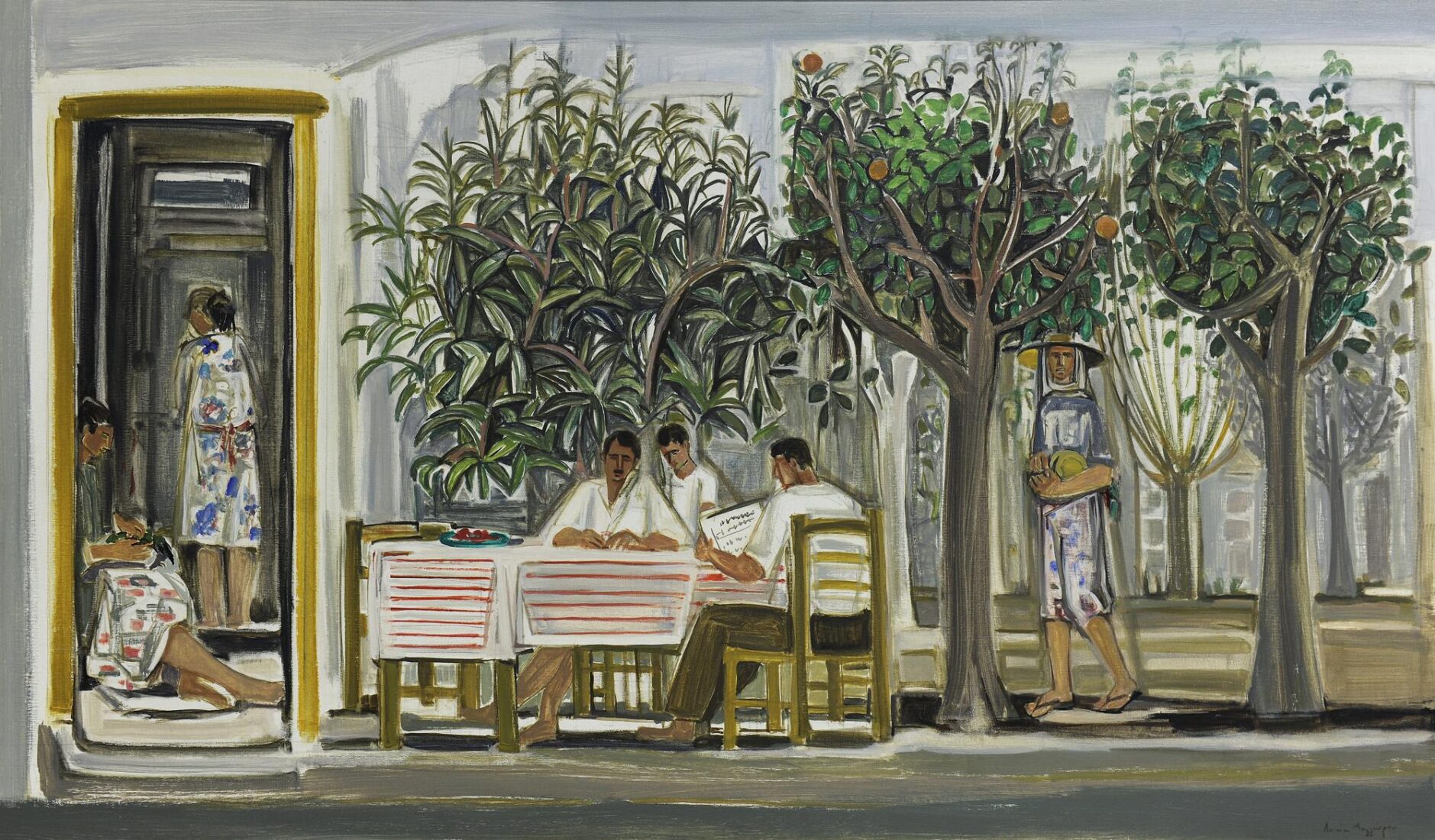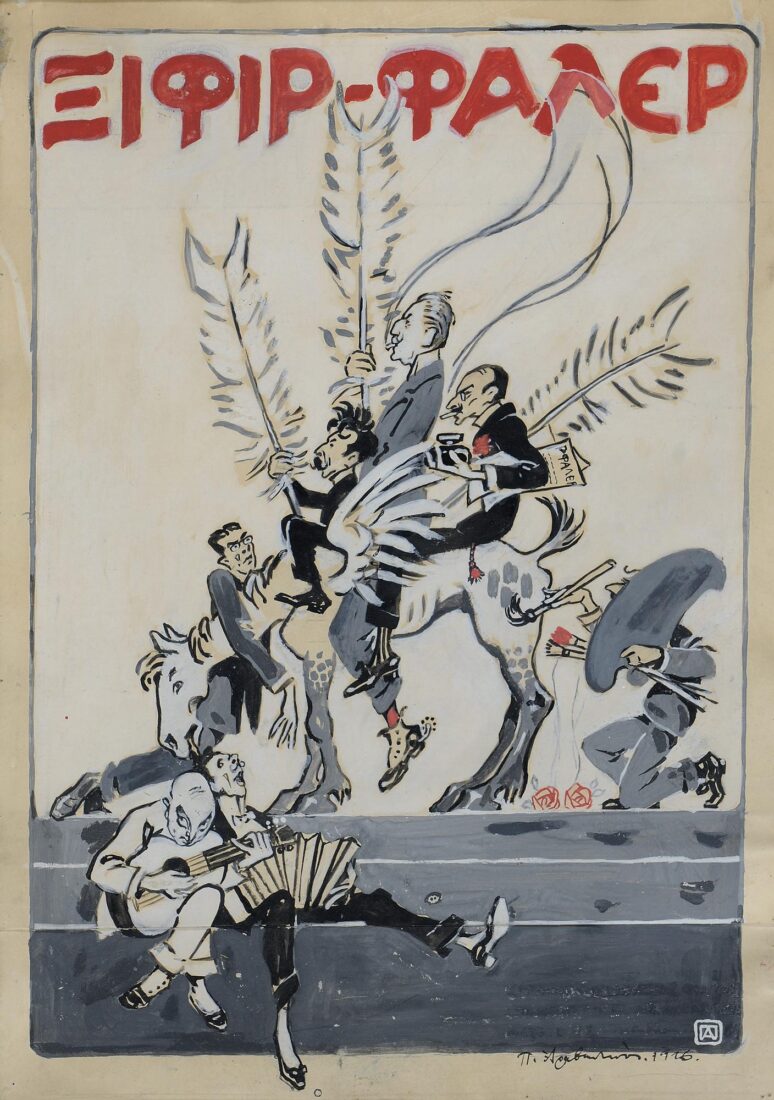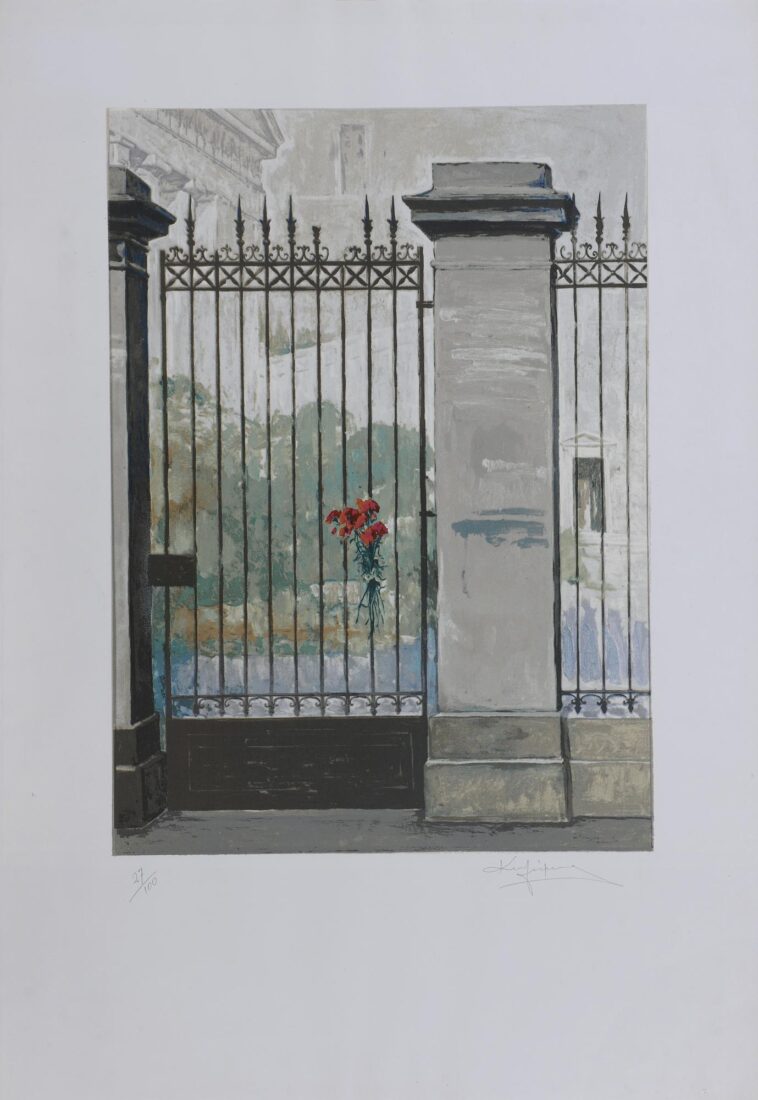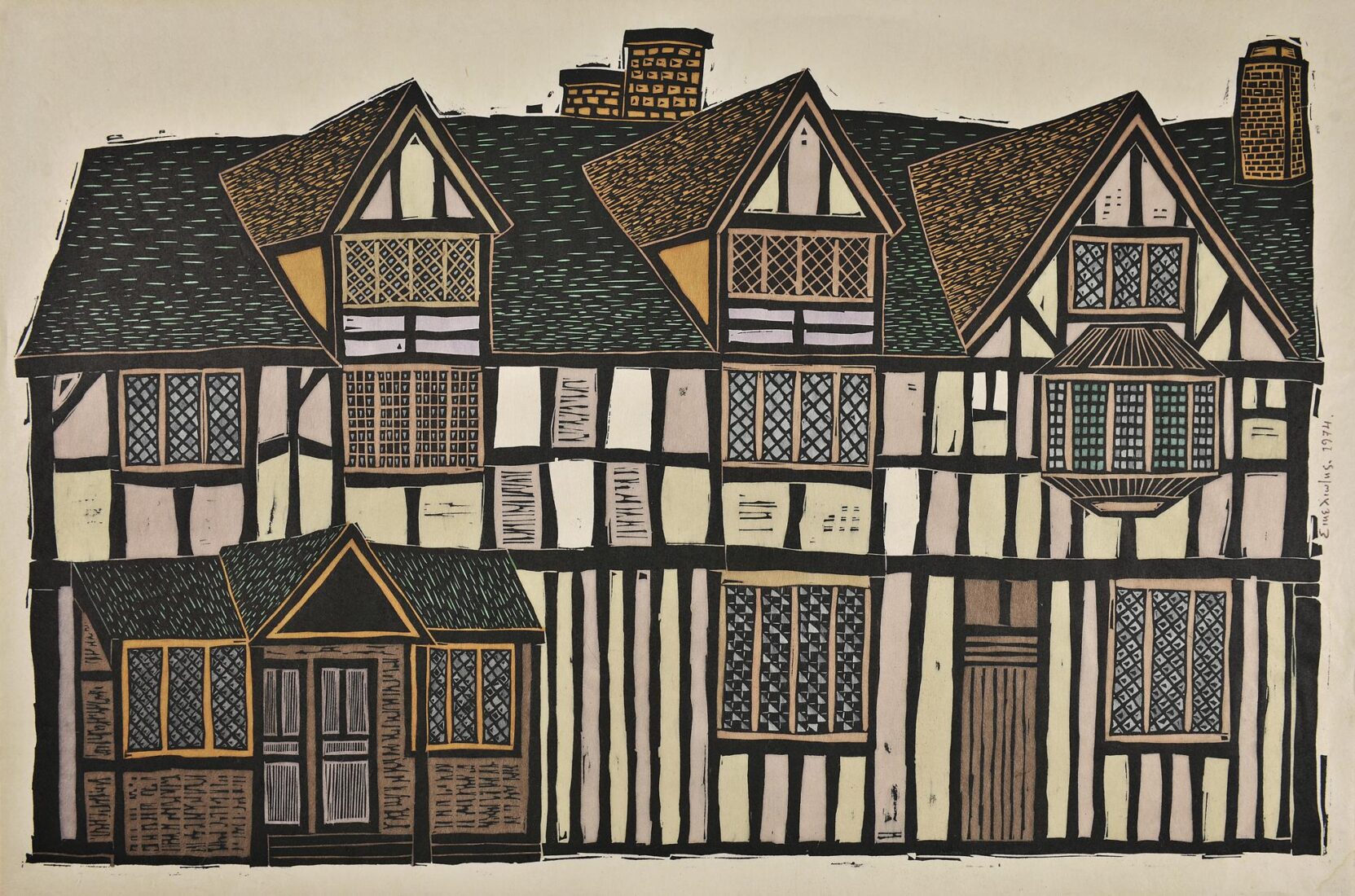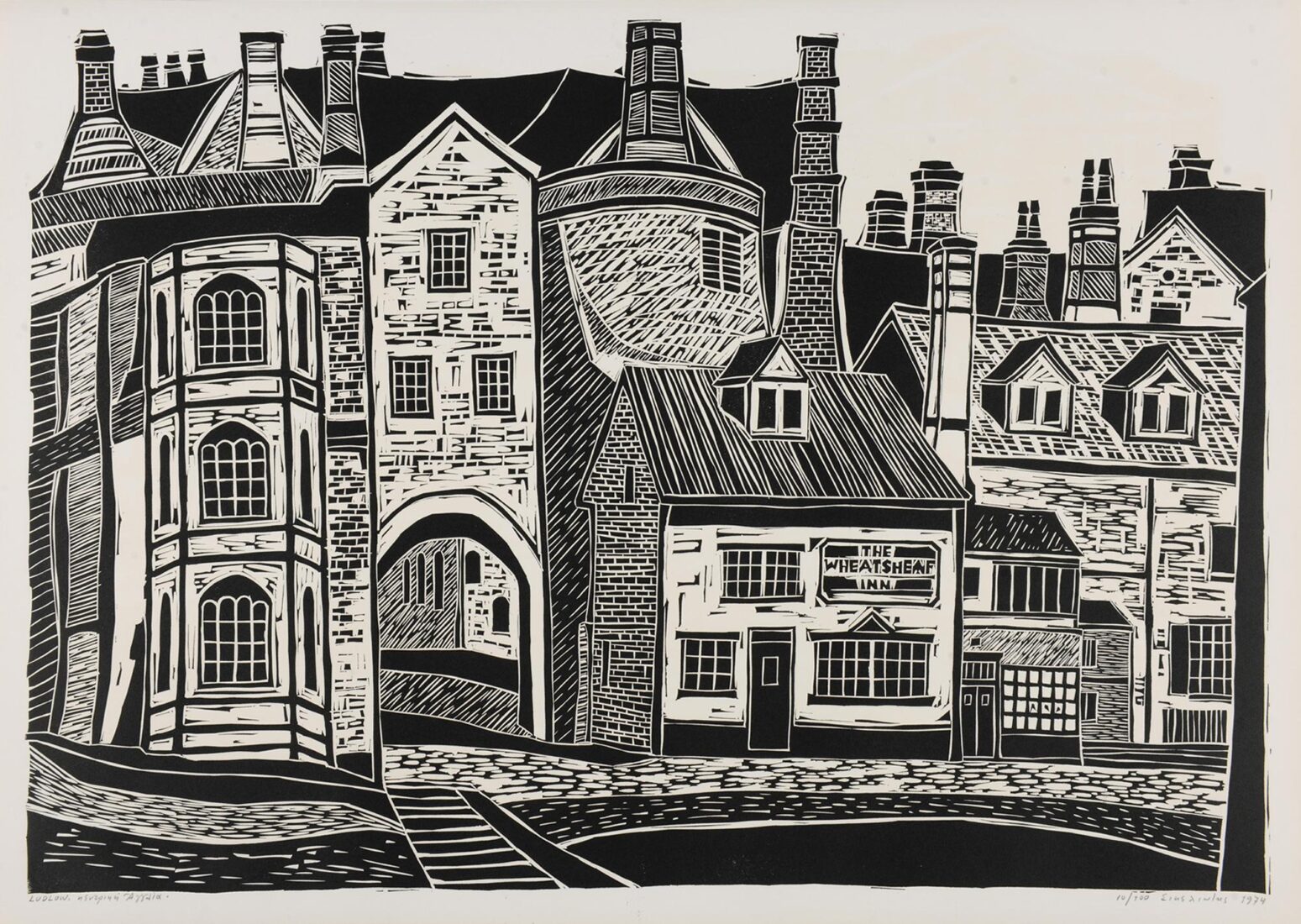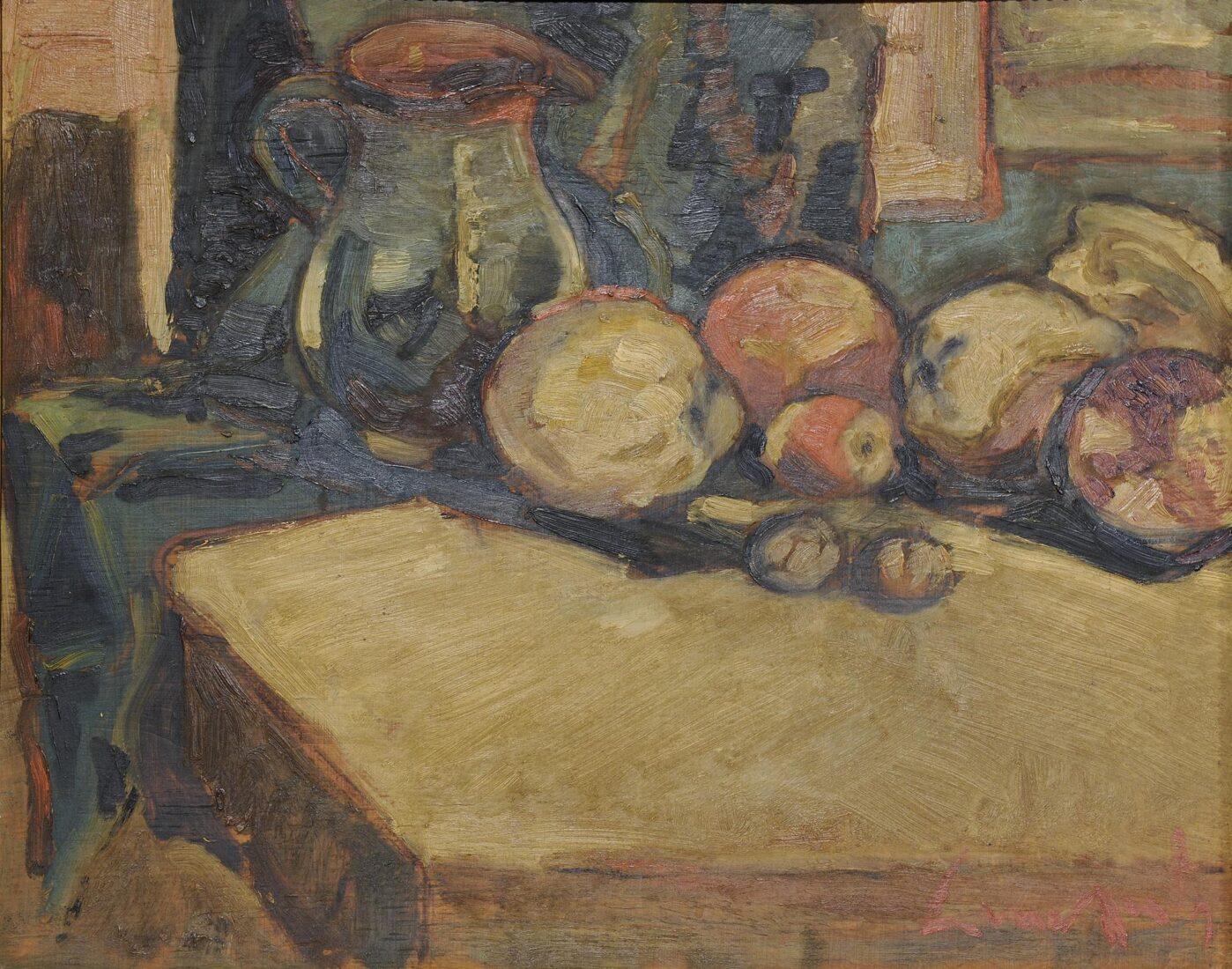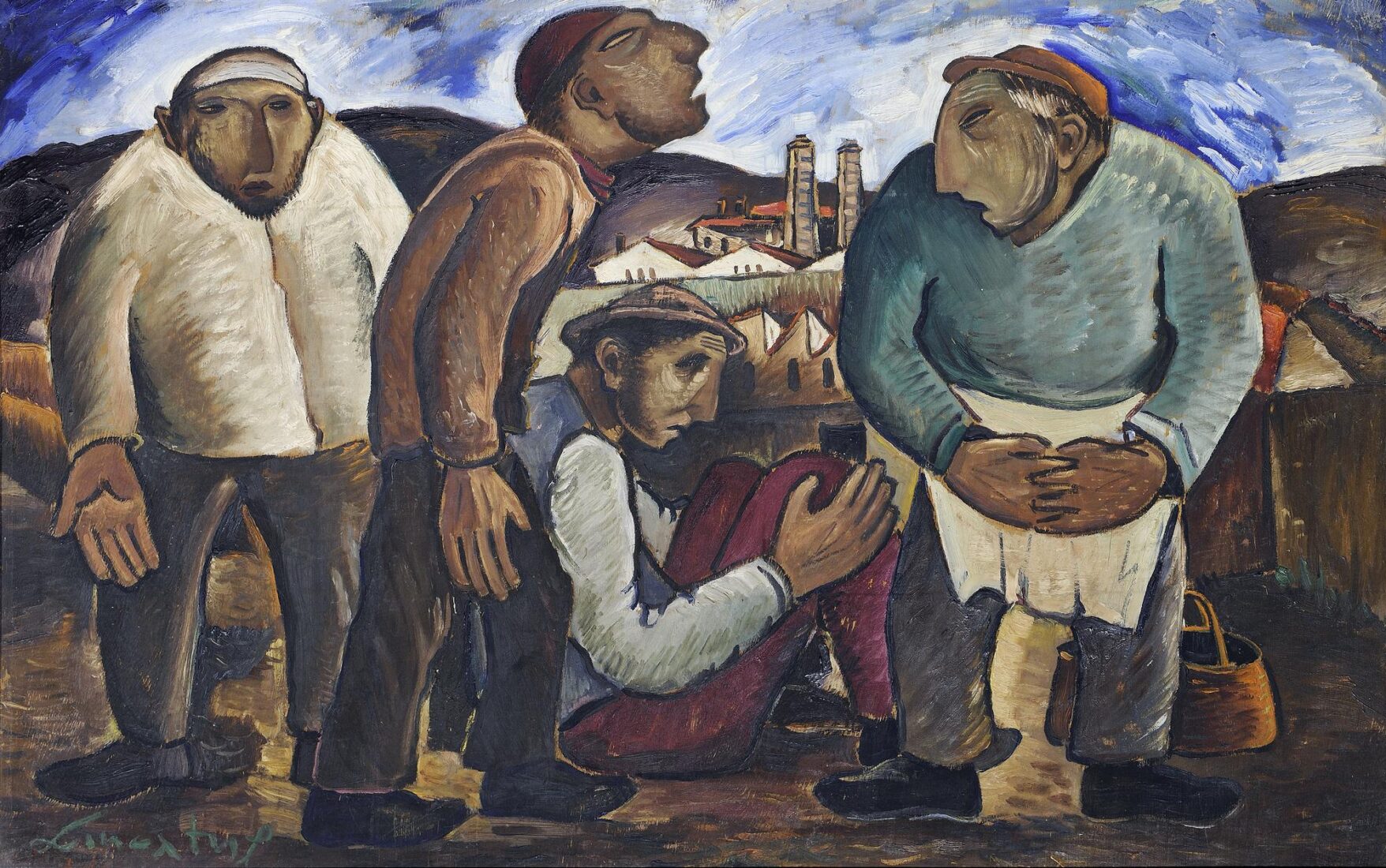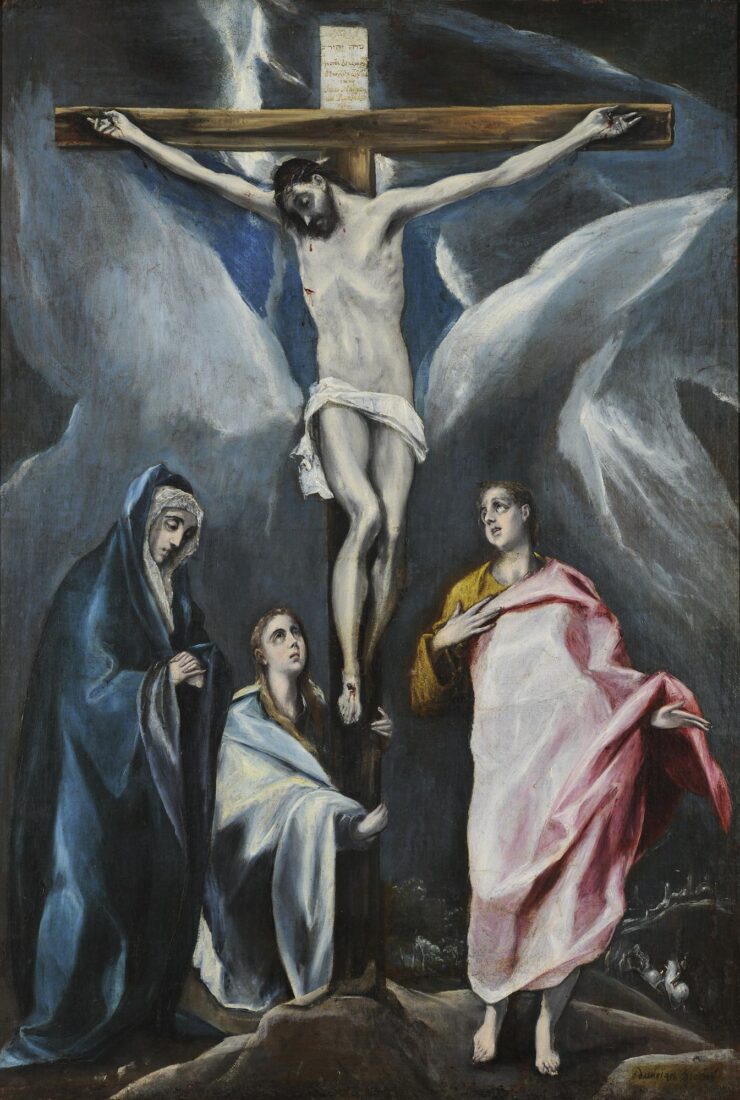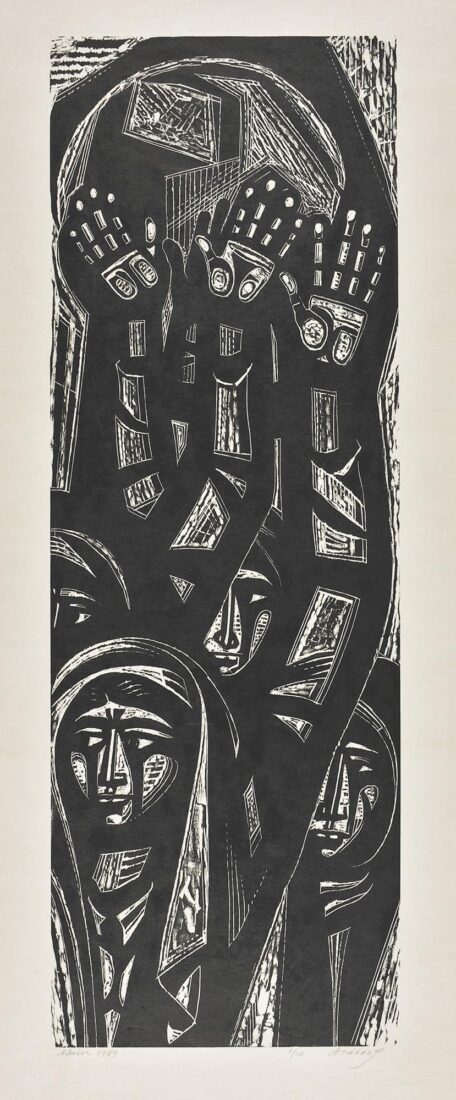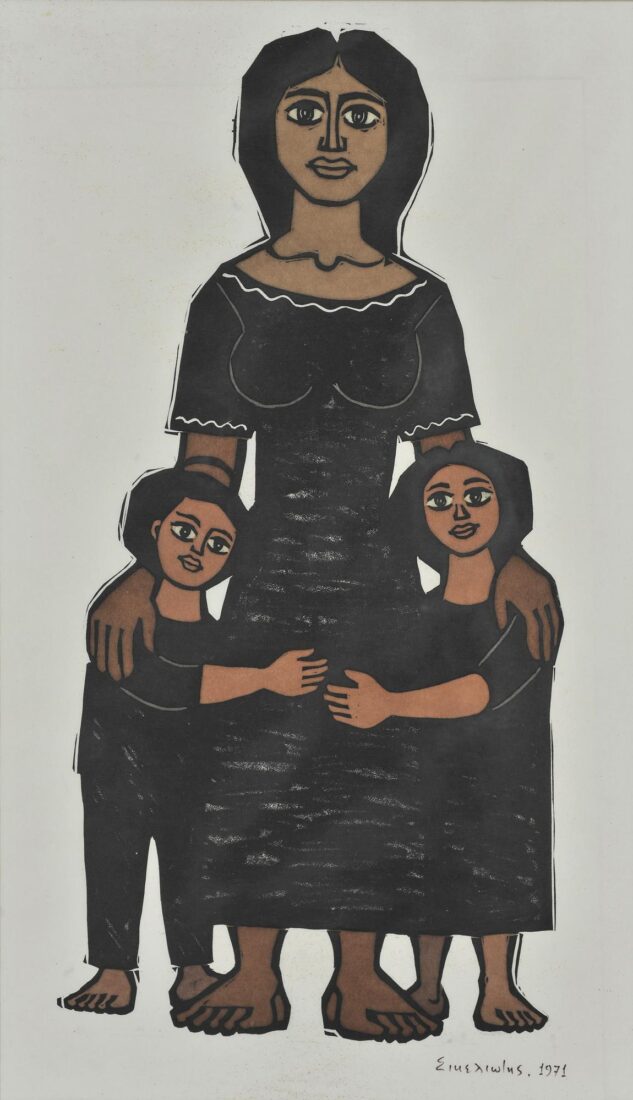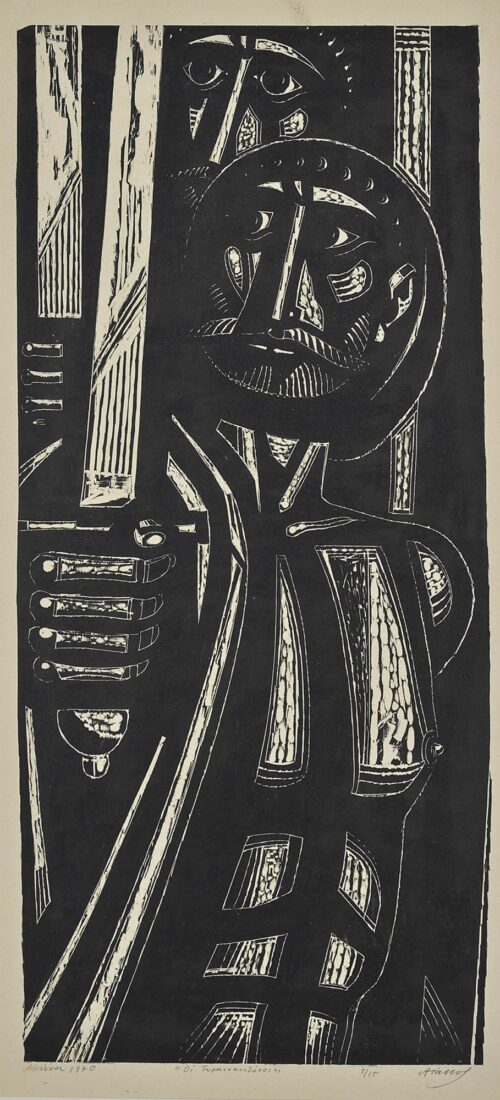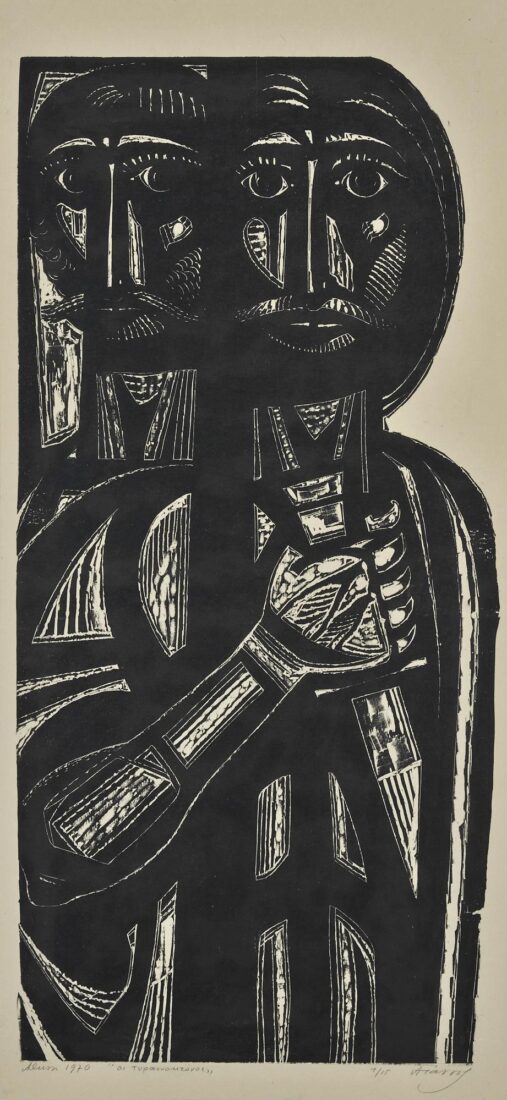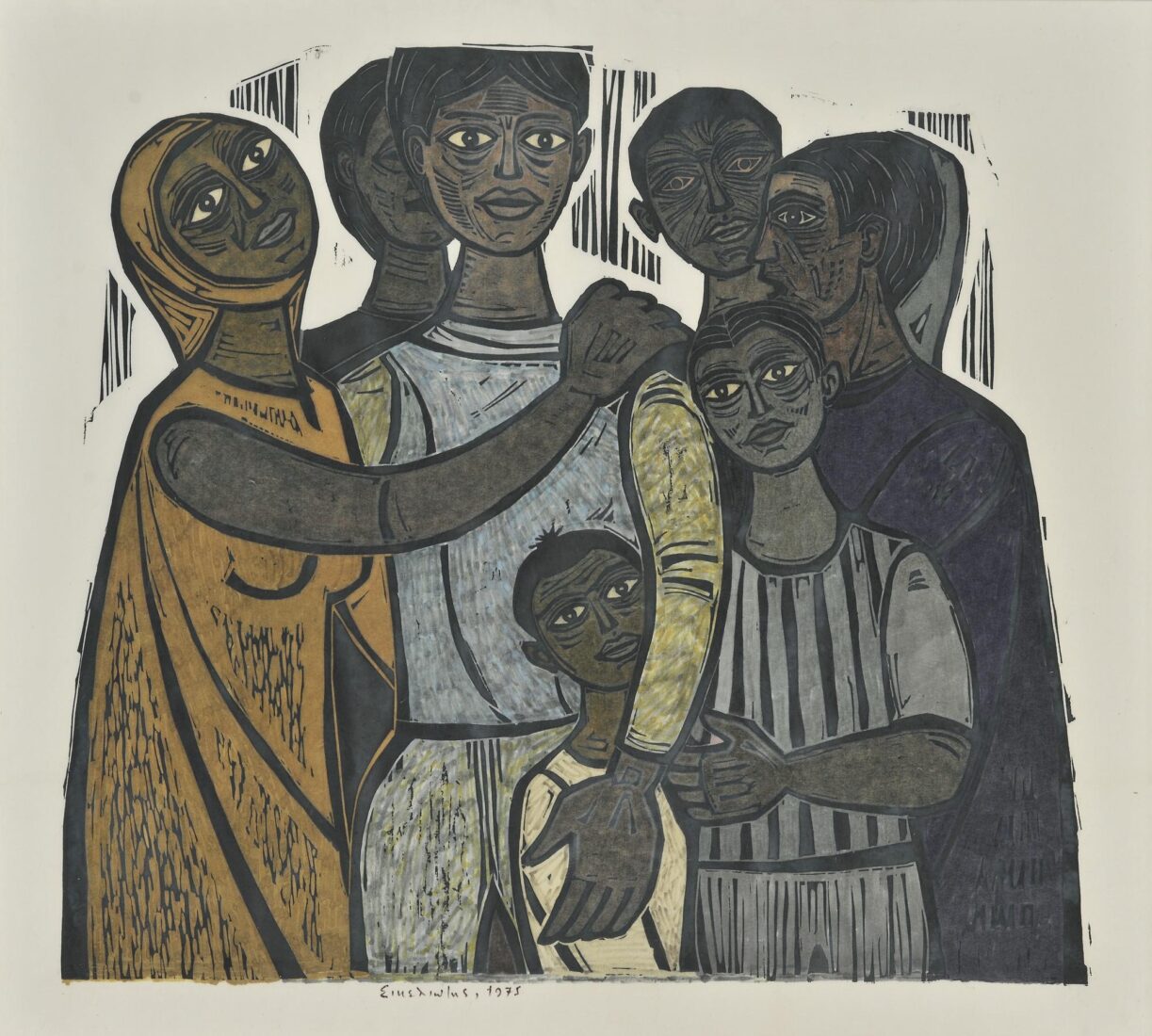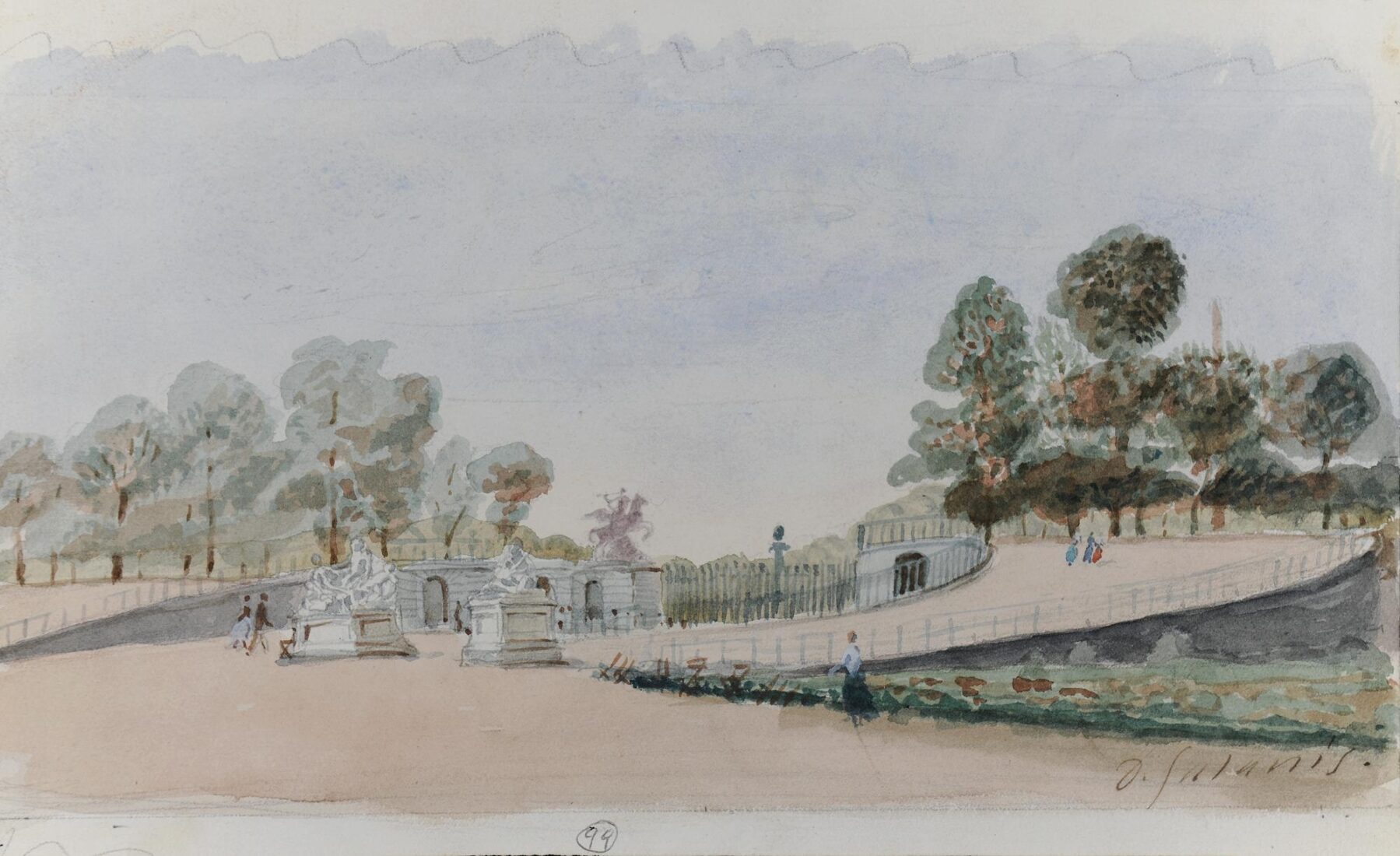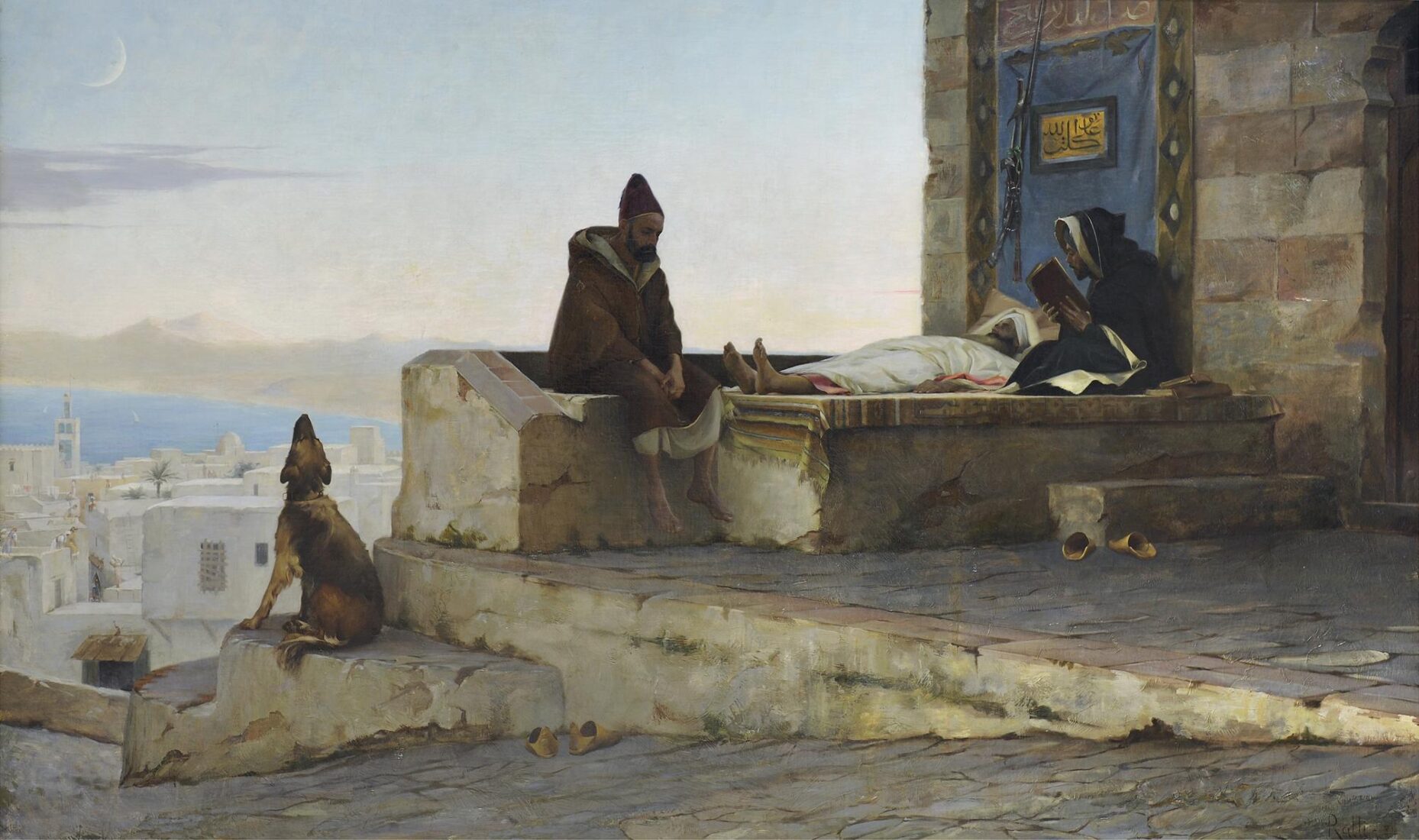Thomas Thomopoulos was one of the last Greek sculptors to do post-graduate work in Munich, during a period when most other artists had already turned to Paris. This fact, however, did not prevent him from nourishing a deep admiration for the sculpture of Rodin and to be considered during his time as the “introducer of the Rodinian School in Greece”. His work combines academicism with symbolism and romantic tendencies, which are all derived from the French artist’s style, while in a number of compositions he also adopts a realistic form of depiction.
“Centaur” is a work inspired by Greek mythology, an echo, perhaps, in terms of theme, of “Female Centaur” (circa 1887) by Rodin. The “Centaur” is depicted at a moment of crisis, as a snake has wrapped itself around his body. His reaction to the deadly attack is shown by the contraction of the body backward and his right hand brought to his brow, a pose obviously based on the Hellenistic Laocoon group. Conversely, the fluid and soft surfaces and the naturally evolved base which also acts as a support, reveal the influence of Rodin’s plastic perceptions. The sculpture was painted using the encaustic method, as were quite a few of Thomopoulos’ works, who introduced this innovation around 1900.
Constantinos Dimitriadis could be characterized as Rodin’s most consistent representative in modern Greek sculpture. He adopted the French artist’s style of modeling forms and used the same subject matter as a point of departure.
“To the Dreams Left Behind and Defead” is a characteristic example. It was to have been the central scene in a larger iconographical sculpture group titled “Life’s Defeated”. Nine individual scenes were to comprise the whole, references to the failures, disappointments, dilemmas and efforts of ordinary human beings in the course of life.
Dimitriadis carved two versions of “Dreams Left Behind and Defeated”. In the first, an unseen figure covered by the veil of Destiny rises up to envelop a couple. The second version is on display in the National Glyptotheque.
The powerful, muscular man, here, seems to have surrendered to his fate. His facial expression imparts a sense of forbearance, perhaps even reverie. The woman, curled up as if seeking protection, leans towards her companion.
The man’s well-defined musculature and the woman’s soft curves are elements that characterize many of Dimitriadis’ works and reveal the influence of Rodin’s views on modeling forms. The same is true for the heavy, unrefined block of marble that frames the figures, allowing them to emerge as nearly carved in the round.
